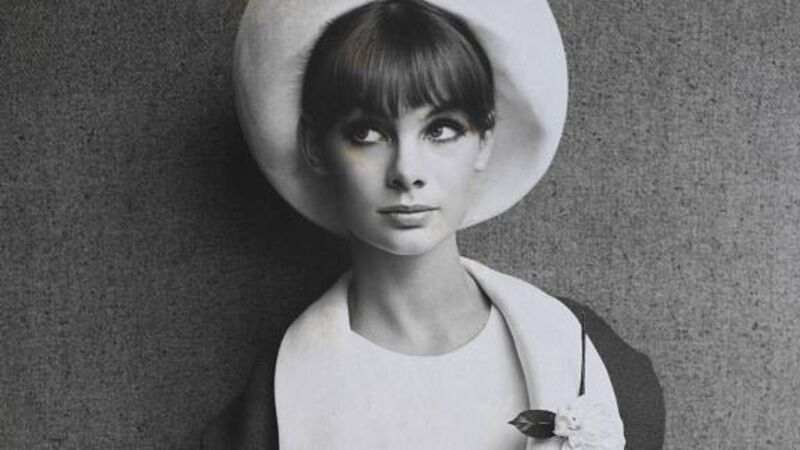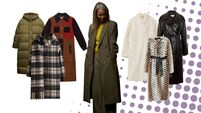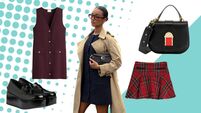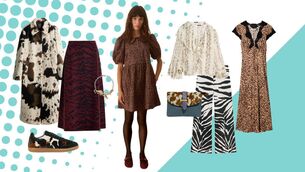What lies beneath: A glimpse into the lives of four of the 20th century’s most iconic designers

The life of the artist is often as interesting – sometimes more so – as the work they make. Van Gogh, Toulouse Lautrec, Picasso, Dali, Virginia Woolf, the Beats, David Bowie – all are as fascinating as the art they produced.
But what of fashion designers – does the same principal apply? Absolutely, according to recent films about Vivienne Westwood and Alexander McQueen.










